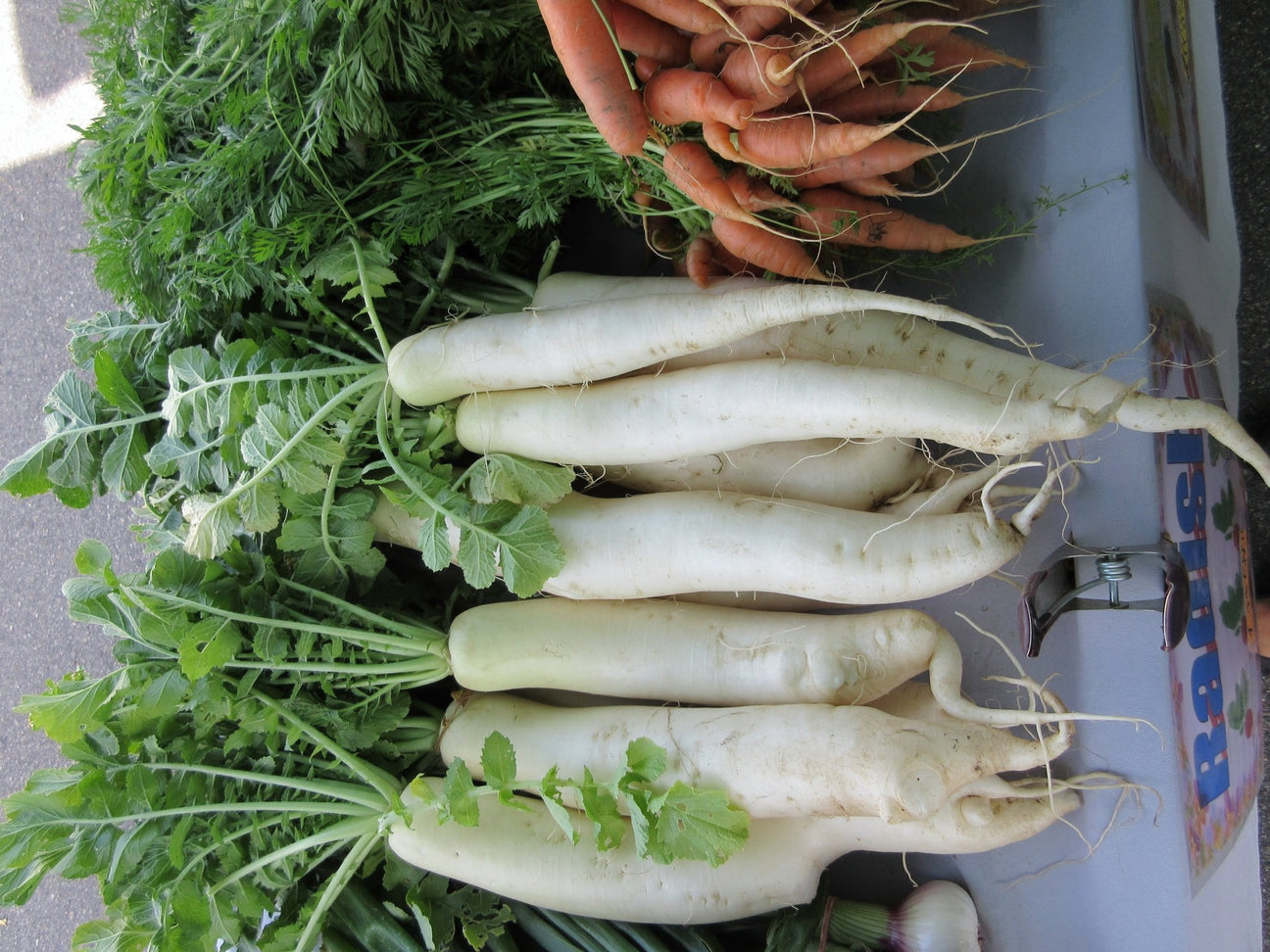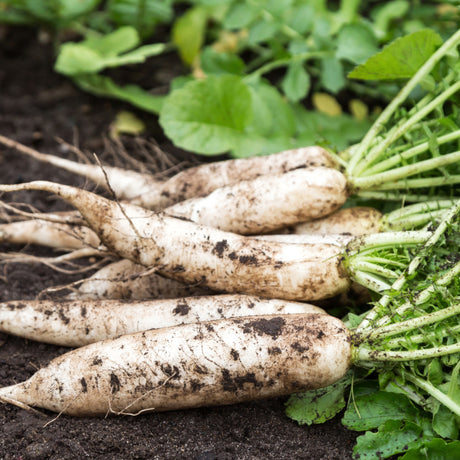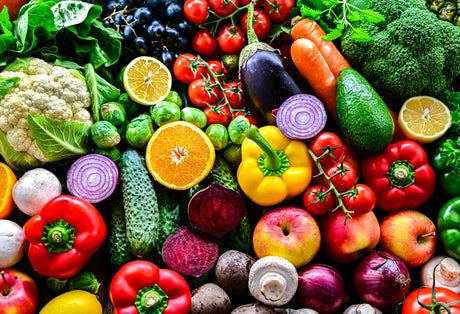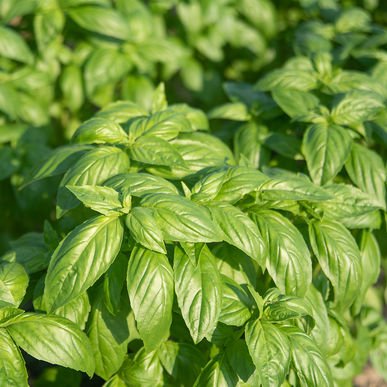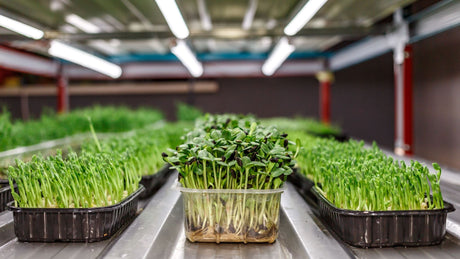- $3.90Unit price /Unavailable
- $3.90Unit price /Unavailable
- $3.90Unit price /Unavailable
- $3.90Unit price /Unavailable
- $3.90Unit price /Unavailable
- $3.90Unit price /Unavailable
- $3.90Unit price /Unavailable
- $3.90Unit price /Unavailable
- $3.90Unit price /Unavailable
- $3.90Unit price /Unavailable
- $3.90Unit price /Unavailable
- $3.90Unit price /Unavailable
- $3.90Unit price /Unavailable
- $3.90Unit price /Unavailable
More about Radish
Raphinus spp.
Radish is a hardy vegetable, very easy to grow. The flowers are attractive to beneficial insects. Radish is sown in early autumn and spring, avoid hot weather. Sow direct where it is to grow 12 mm deep. Thin seedlings to 2.5 - 5 cm apart. Keep the row short and sow small crops every 2 to 3 weeks. Keep soil moist to avoid toughness, it prefers a rich, well-drained soil with a pH of 5.5 - 6.5, mulch between the rows. Radish is usually eaten raw, harvest while young and tender. Radish can be inter-planted with other crops such as carrots or beetroot for a fast harvest.

